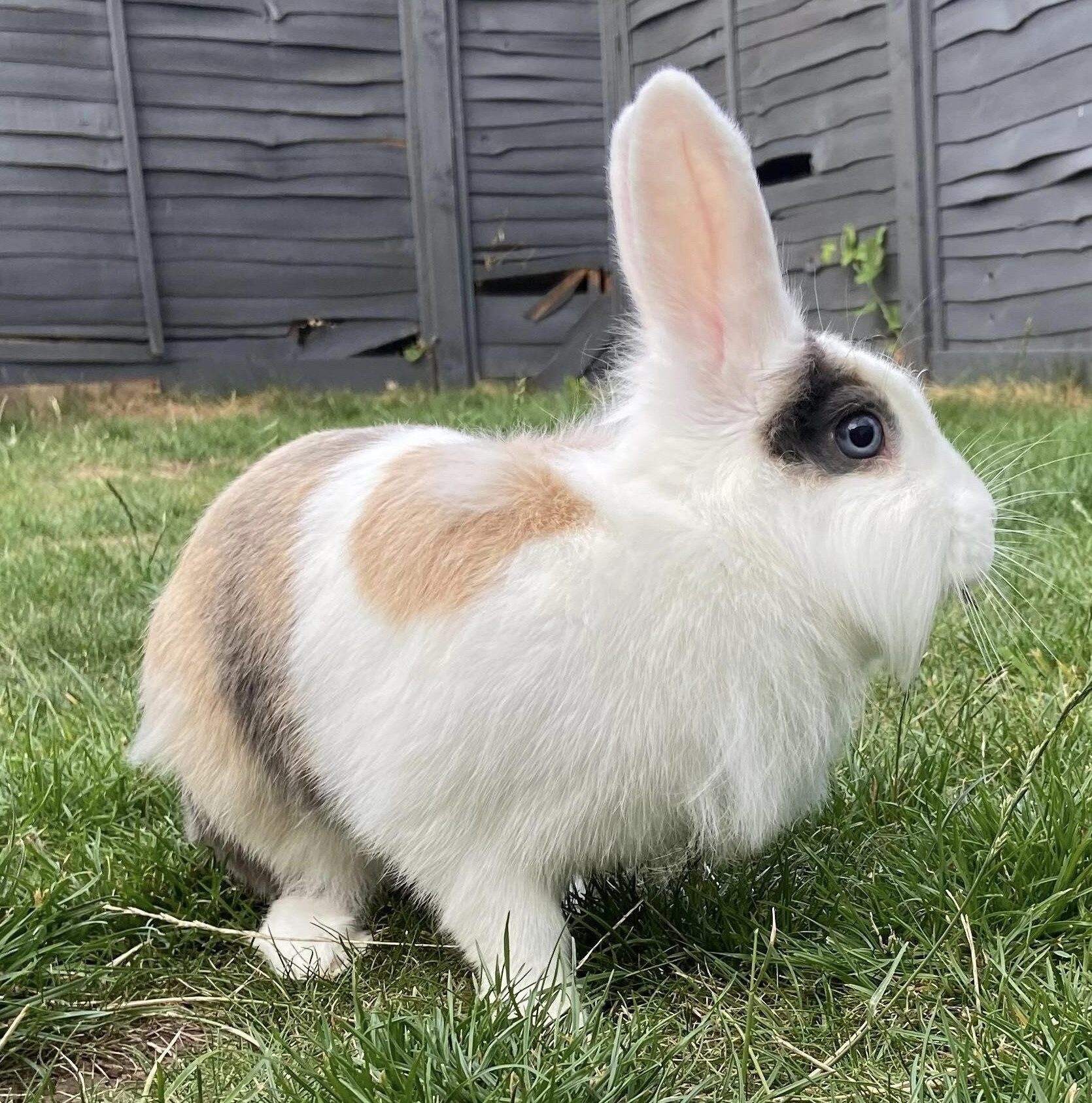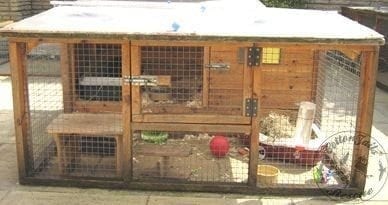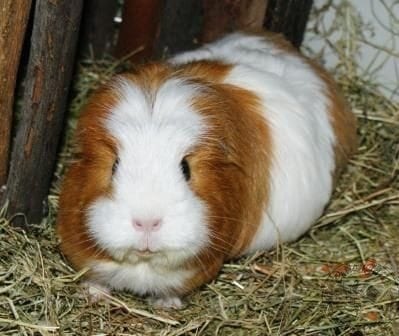CottonTails now operates using our free Direct Rehoming Service, where the animals remain in their current homes. At the same time, efforts are made via Facebook and the website to find suitable new homes. CottonTails offers a grant of £80 towards any rabbit needing neutering that is rehomed via this service and £50 towards vaccination costs, payable to the vet who will carry out the procedure (chosen and arranged by the new owner) and also offers £80 towards guinea pig castration for single male guinea pigs that have been rehomed through this service. There is no charge for this service or adoption fees, but donations to the charity are always welcomed.
However, The adoption criteria still apply, as we need to ensure the new home will be permanent and happy. Here are some basics we look for when someone approaches us wanting to adopt. More information on this topic is included in the “Rabbit Care” article elsewhere on the website.
Accommodation
You will find more extensive information on accommodation in the rabbit care article. You will need a large hutch 6 feet x 2 feet x 2 feet or larger with the run permanently attached at all times, so the rabbits do not need to rely on you for their exercise. As the rabbits must have access to their run even at night, the run must be safe to ensure the rabbits can’t dig out or foxes dig in. Putting the hutch and run on a patio is often the safest idea, making cleaning out more accessible. Make sure all the catches are secure – using strong bolts works well, but look at the film below regarding accommodation and the bit about run top catches, as well as other helpful information essential to know before purchasing rabbits.
A Wendy House or suitable shed leading onto a safe garden is also suitable, so long as the rabbits are not shut into a hutch within the shed at night. Please note that most two-storey hutch-run units (with ramps) are NOT suitable for rabbits as not only are they not big enough, the rabbits can receive serious injury from twisting or slipping on the ramps. However, it may be okay if it is a 6′ version and you can carry out modifications such as fixing sides to the ramp and permanently adding a proper run to the lower section. You will find several excellent examples of rabbit accommodation ideas in the rabbit care information article on this website, and below, you can see a photo of the sort of accommodation we use here at CottonTails – the lid has been removed to enable the photo to be taken. The run should be bigger if the rabbits cannot safely run around the garden during the day. Please note that the run top has been removed so you can see the set-up better; the top needs to be fixed securely; otherwise, the rabbits will jump out!
The top used here is made of plastic sheeting (used on conservatory roofs) attached to a frame of wooden batten secured by the clips you use on dog leads (available from pet shops and DIY stores). The catches should be heavy-duty bolts to prevent foxes from opening them, and the wire should also be heavy-duty (not chicken wire) and securely attached to the frame so that the rabbits cannot chew their way out or predators push their way in.
The photo below shows the same hutch with the run lid in place.
For anyone who still thinks it is okay to shut a rabbit into a hutch, have a look at the film clips below, and you will surely change your mind …
Wherever you purchase your equipment, order at least a 6-foot hutch with a run attached, as smaller sizes are not big enough for a pair of rabbits. Ensure you don’t order double-storey hutches or double-storey hutch/run combi for rabbits).
House Rabbits
I am happy for rabbits to be adopted as house rabbits, but you need to be aware of how destructive rabbits are, that many will still leave droppings on the floor even if they are good with their litter training, and that they still need access to daylight regularly to keep them healthy. Also, they must not be shut into a cage as this defeats the whole object of ensuring they have access to exercise 24 hours a day! However, being confined to a particular room is practical and will give a pair lots of room to exercise and play. They are healthier if allowed access to the outside regularly. Contact me for advice if you would like to consider adopting rabbits as house pets if this is a new concept to you, and I will be delighted to help.
For an informative film about what to feed your rabbit, have a look at the following:
Bonding
I no longer can provide a bonding service as we now recommend the slow bonding method, which requires both rabbits to be kept side by side for at least 2-3 weeks before an introduction on neutral territory is attempted. However, I am very happy to advise in such cases. Do have a read of the bonding article, too, as there is a lot of helpful information included.
Guinea Pigs
Guinea pigs are happy in compatible pairs or small groups, but males can generally only be kept in pairs and not trios or groups, and even pairs only tend to work if they are brothers and have grown up together. See our guinea pig care article for more information on this topic. They can either be kept inside in a large cage, with access to a run on the grass in good weather, or outside in a sheltered position and the accommodation is insulated to ensure they are kept warm, dry and draft-free. The minimum size hutch for a pair of guinea pigs is 4-5′ long, with access to a run on the grass in good weather.





